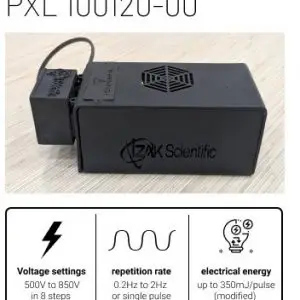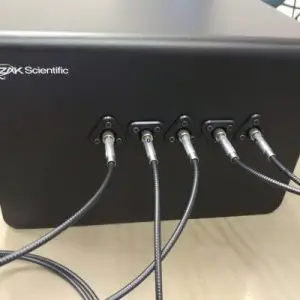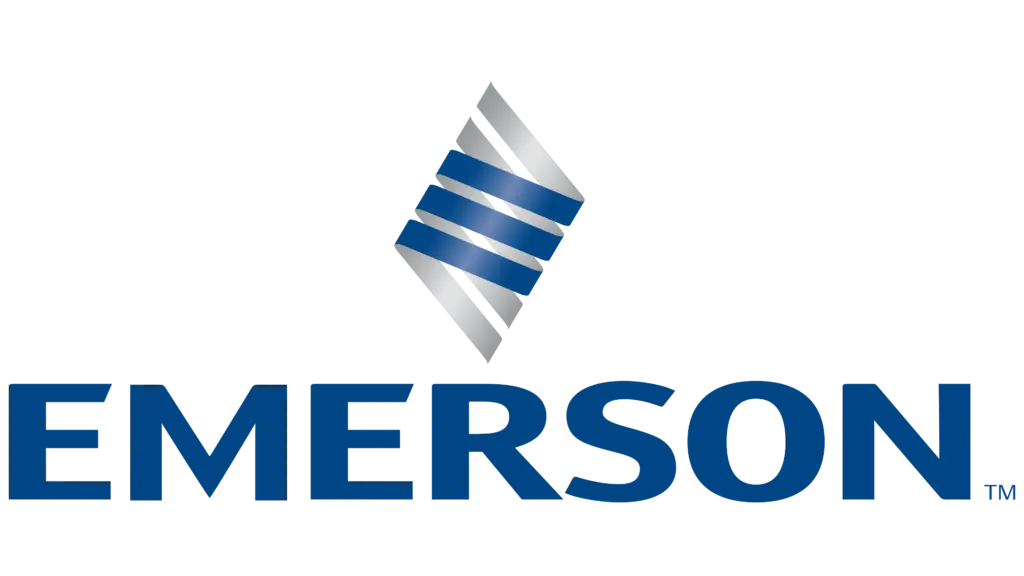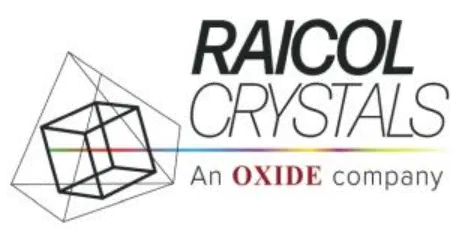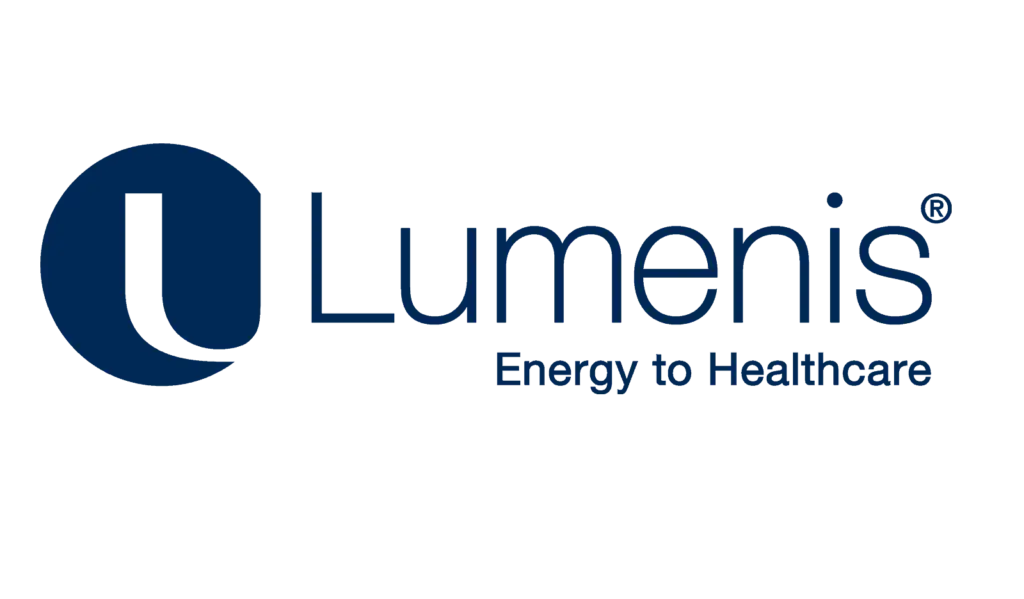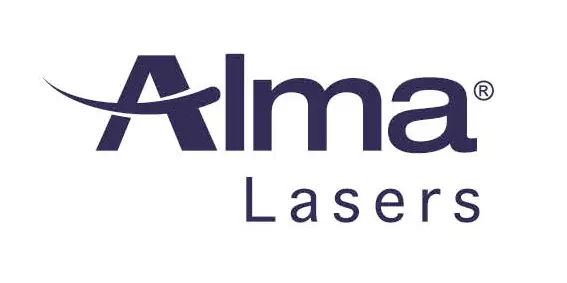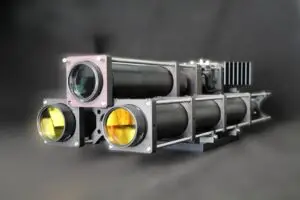In the rapidly evolving field of quantum technology, quantum sensing stands out as a revolutionary approach that promises to redefine the limits of measurement and detection. This article delves into the essence of quantum sensing, exploring its working principles, advantages, disadvantages, and practical applications, offering a comprehensive overview for professionals and enthusiasts alike.
1. What is Quantum Sensing?
Quantum sensing is a cutting-edge technology that exploits the principles of quantum mechanics to measure physical quantities with unprecedented precision. Unlike classical measurement techniques, which rely on the macroscopic properties of systems, quantum sensing utilizes the quantum states of particles, such as photons, electrons, and atoms, to detect changes in the environment with extraordinary sensitivity.
At its core, quantum sensing leverages the inherent properties of quantum systems, such as superposition and entanglement. Superposition allows a quantum system to exist in multiple states simultaneously, while entanglement links the properties of particles across distances. These phenomena enable quantum sensors to detect minute changes in physical quantities, such as magnetic fields, electric fields, temperature, and time, with a level of precision that is unattainable by classical means.
2. How Does It Work?
The operation of quantum sensors can be illustrated through the example of a quantum magnetometer, which measures magnetic fields with exceptional accuracy. This device typically uses atoms that are cooled to near absolute zero and placed in a superposition state. When exposed to a magnetic field, the energy levels of the atoms shift in a way that depends on the strength of the field. By measuring these shifts, the magnetometer can determine the magnetic field’s intensity with remarkable precision.
Another example is the use of nitrogen-vacancy (NV) centers in diamonds. These are defects in the diamond lattice where two adjacent carbon atoms are replaced by a nitrogen atom and a vacancy. NV centers are sensitive to magnetic and electric fields, temperature, and pressure, making them versatile quantum sensors. By applying microwave pulses to NV centers and measuring the resulting fluorescence, scientists can infer the values of the physical quantities affecting them.

3. Advantages and Disadvantages
Advantages:
Unparalleled Precision: Quantum sensors can detect changes in physical quantities with a level of precision far beyond that of classical sensors, opening new frontiers in science and technology.
High Sensitivity: They are capable of detecting extremely weak signals, making them ideal for applications where traditional sensors would fail.
Versatility: Quantum sensors can be adapted to measure a wide range of physical quantities, from gravitational waves to electric fields, offering broad applicability.
Disadvantages:
Complexity and Cost: The technology requires sophisticated equipment and conditions, such as ultra-cold temperatures, making it complex and expensive to implement.
Fragility of Quantum States: Quantum states are highly sensitive to environmental disturbances, which can lead to measurement errors if not carefully controlled.
Technical Challenges: The development and operation of quantum sensors demand a high level of expertise in quantum mechanics and engineering, limiting their accessibility.
4. Practical Applications
Quantum sensing is finding applications across a diverse range of fields, demonstrating its versatility and potential to revolutionize various industries:
Navigation and Positioning: Quantum accelerometers and gyroscopes can operate without relying on external signals, providing precise navigation capabilities for submarines and spacecraft where GPS is unavailable.
Medical Imaging: Quantum sensors can improve the resolution and sensitivity of imaging techniques, such as MRI, enabling earlier detection of diseases.
Environmental Monitoring: They can detect minute environmental changes, aiding in the monitoring of volcanic activity, groundwater levels, and atmospheric conditions.
Telecommunications: Quantum sensors enhance the security and efficiency of communication networks by detecting eavesdropping attempts and optimizing signal transmission.
In conclusion, quantum sensing represents a significant leap forward in measurement technology, offering capabilities that were once thought to be in the realm of science fiction. Despite its challenges, the potential applications and benefits of quantum sensing make it a key area of interest for researchers and industries alike. As technology advances and becomes more accessible, we can expect quantum sensing to play a pivotal role in shaping the future of science, technology, and society.
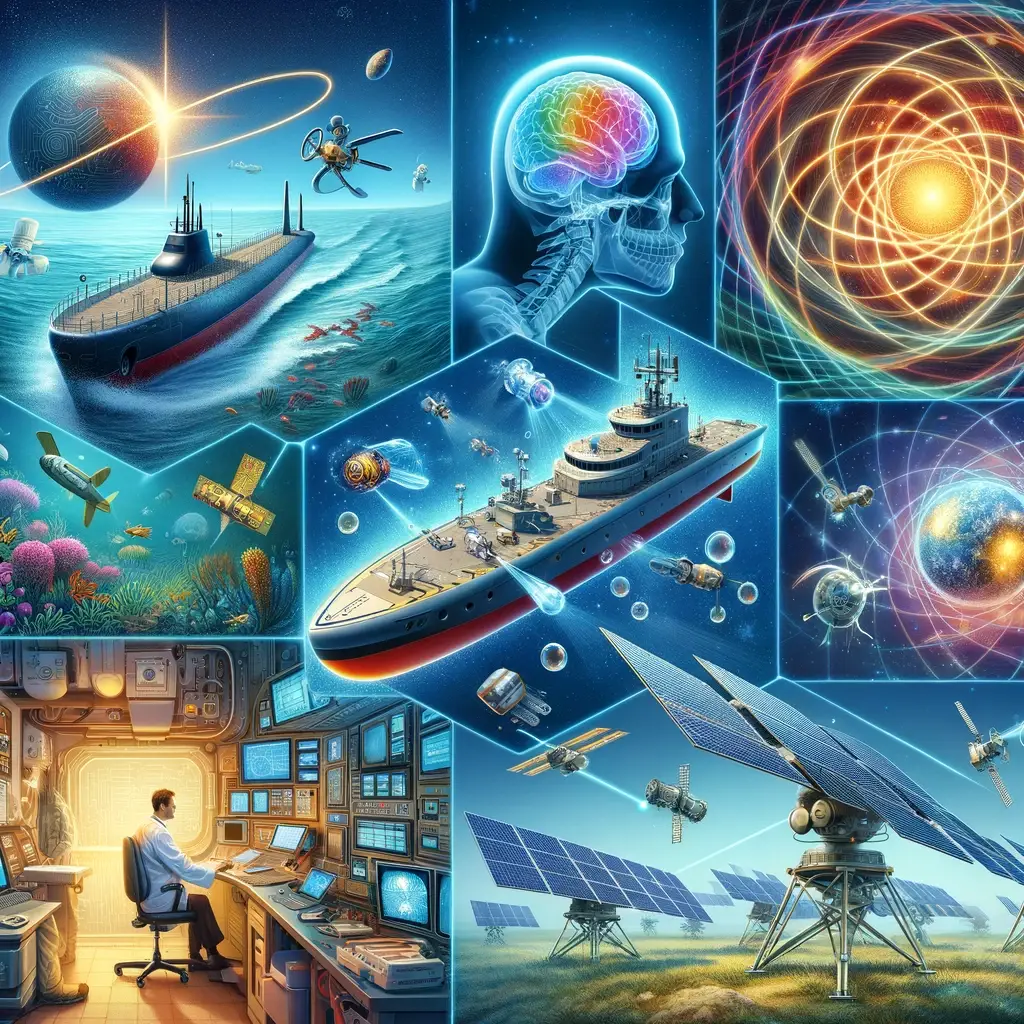
At IZAK Scientific, we stand at the forefront of integrating and advancing quantum sensing technologies. Our expertise in electro-optics and photonics systems positions us uniquely to support and enhance the capabilities of quantum sensing applications. For potential customers venturing into the realm of quantum technologies, IZAK Scientific offers a comprehensive suite of services and solutions designed to navigate the complexities of quantum sensing.
Our team of physicists and engineers specializes in developing custom sensors, inspection and tester systems that leverage the precision of quantum sensing. Whether it’s for advanced environmental monitoring, or secure telecommunications, our solutions are tailored to meet the specific needs of our clients. We understand the intricacies of quantum mechanics and apply our knowledge to design and develop systems that maximize the potential of quantum sensing technologies. Our approach is to work closely with our clients, from conceptualization to deployment, providing expert guidance and support throughout the project lifecycle.
In an era where precision and sensitivity are paramount, partnering with IZAK Scientific means gaining access to state-of-the-art quantum sensing solutions that can propel your projects to the forefront of technological advancement. Let us help you unlock the full potential of quantum sensing, paving the way for groundbreaking discoveries and innovations in your field.

Tzachi Sabati
CEO, IZAK Scientific
Physicist specializing in photonics and quantum technologies, with deep expertise in quantum sensors and advanced optical systems. Leads the Advanced Quantum Lab course at the Technion, bridging academic excellence with industry innovation. At IZAK Scientific, provides cutting-edge photonics-based solutions, developing customized inspection and sensing systems for R&D and production. Passionate about advancing quantum sensing applications and integrating novel technologies to meet industry needs.


